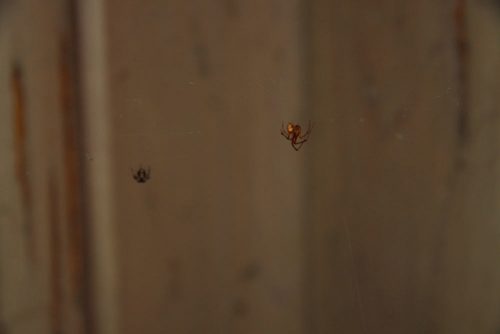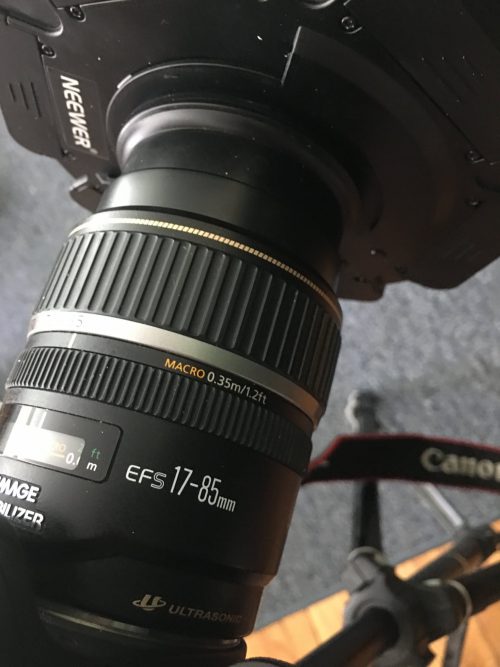American Airlines responded to my complaints, sort of. Actually, they evaded and lied, which is exactly what I expected.
We’ve taken a closer look and again we are sorry for the frustration. We never want to cancel our flights, however, due to the safety of our passengers and crew sometimes it is unavoidable. After further research we found your flight was delayed due to the weather. This situation was largely out of our control and we do not issue compensation or reimbursement of additional expenses.
No. My first flight was cancelled due to weather (I didn’t see any sign of storms on the ground, but I’ll trust that the atmosphere might well have been more complex, especially at altitude above mountains). The flight from Charlotte to Minneapolis was delayed for a day and dragged out over a long night of abandonment because of a maintenance problem — they told us quite clearly that there was a broken part in the cockpit air conditioning.
Maintenance is something that is in AA’s control, I assume.
Anyway, I don’t care. I expected nothing from them. If they want to run their business into the ground with terrible customer service, they are free to do so. I won’t be flying with them in the future.















